Disclosure: We may get commissions for purchases made through links in this post.
It's nice to see the porcelain pavers add elegance to your home. It can save you from a lot of inconveniences. But how could you cut them if you needed to? Relax, we've researched the steps just for you!
When cutting curves, always make a shape you can cut with straight lines as long as possible. This saves time in smoothing out the edges. Follow these steps:
- Using a ruler and marker, trace the line you need to cut. Draw an intersection for every curve you make.
- Scratch the tracing line with a chisel to make cutting easier.
- Plug in the stone cutter, then cut through the straight lines first. Stop at every curve's point to cut out the shape. Cut the excess on the curves carefully.
- For narrow or complicated curves, make dotted hollows along the tracing line using a chisel and hammer. Then snip the curves around the hollows with a tile nipper.
- Use sandpaper to smooth the edges.
If you're not experienced in cutting pavers, you may seek the help of experts. They may tell you the accurate measurement of cutting lines instead of estimating them by yourself. Choosing strong pavers, like porcelain, is a wise long-term investment for homes. Its outstanding quality is practical enough to boost appeal and durability. Keep reading and you'll discover more about porcelain pavers!
![Close up worker use wet sawing machine for cutting marble stone - How To Cut Porcelain Pavers [Including Curves]](https://pavingplatform.com/wp-content/uploads/2022/03/Close-up-worker-use-wet-sawing-machine-for-cutting-marble-stone-How-To-Cut-Porcelain-Pavers-Including-Curves-800x1200.png)
What Are Porcelain Pavers?
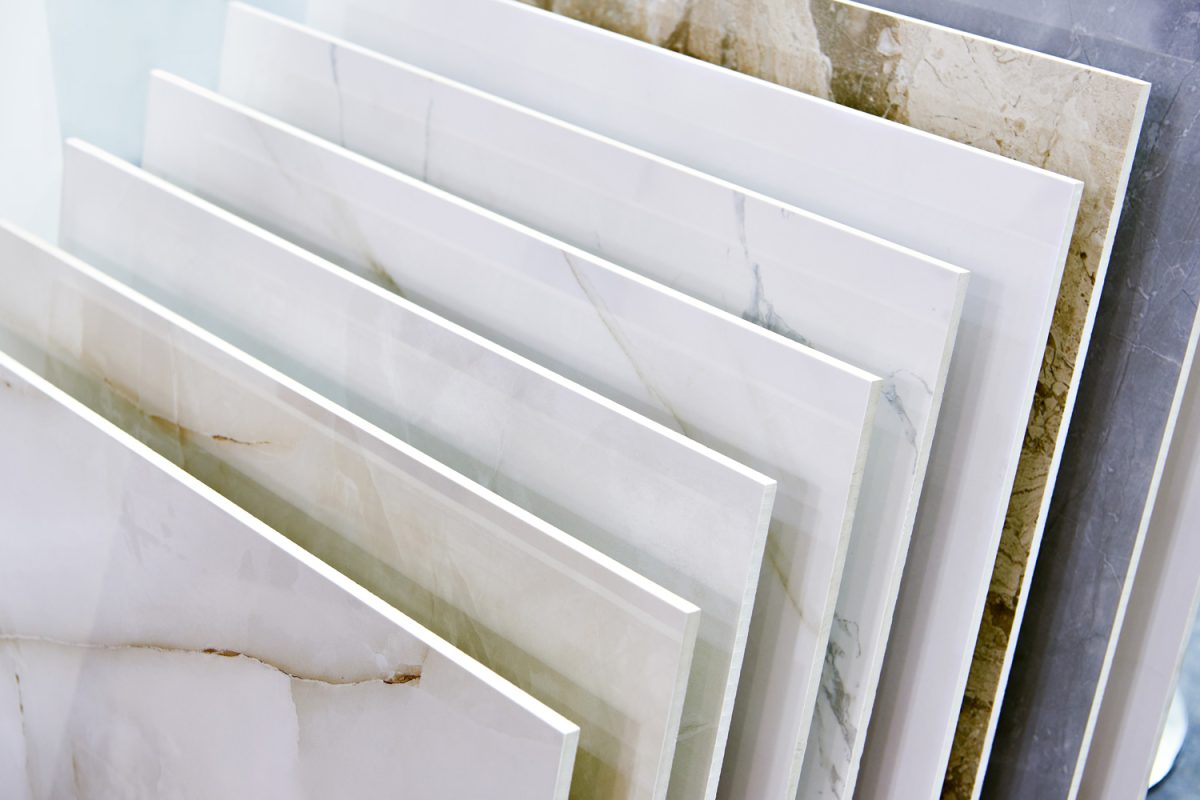
Porcelain is typically a mixture of silica, clay, and flint materials heated up to 2000 degrees Celsius. It's then molded to make pavers. Porcelain pavers are somewhat fireproof and durable against heavy loads. It's also resistant to moisture, making it a good material for wet surfaces like pools and bathrooms.
Tools For Cutting Porcelain Pavers
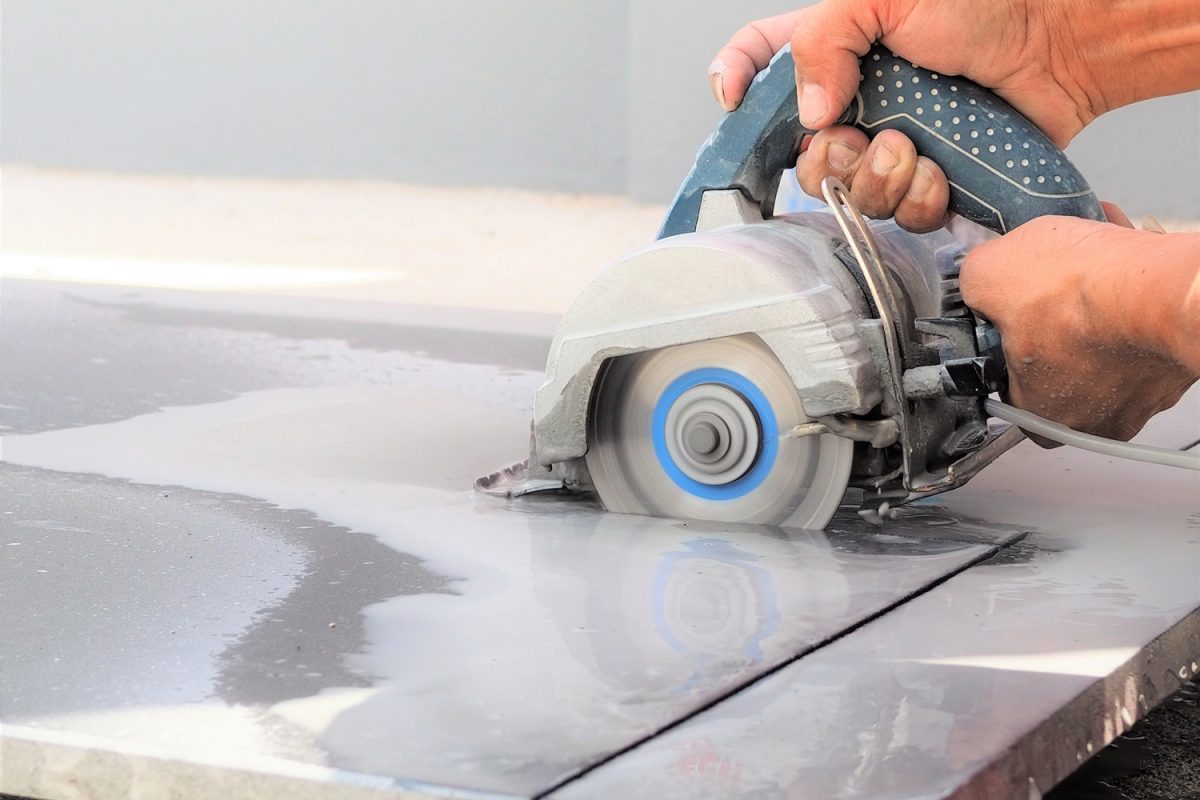
The following are the basic tools for cutting porcelain pavers.
- Gloves
- Stone cutter
- Marker
- Straight and curved ruler
- Tile nipper
- Chisel
- Hammer
- Sandpaper
Put safety first. Wear gloves to avoid skin irritation. Stone cutters may differ on disk size, so choose depending on how large the paver is. Prepare the ruler and the marker. If you don't own a curved ruler, you may draw a curve with rubber bands. Just pin them on both ends to control the peak of the curve.
See this stone cutter on Amazon.
A tile nipper is good for snipping out the excess portions, while a chisel and hammer are used to enhance the shape.
See this tile nipper on Amazon.
Use sandpaper to lessen the roughness.
See this sandpaper roll on Amazon.
How Thick Porcelain Pavers Should Be?
The ideal thickness of porcelain pavers ranges from 0.25 inches to 1.5 inches. It's enough to make the ground safe and stable.
To know more about the thickness, consider these factors:
- The thickness of the pavers will increase the level of the ground. Make sure you do not make it too high for stepping.
- Thicker pavers do not mean they're safer than thinner ones or vice-versa. The factors affecting safety are the proper installation, sealing, and maintenance.
- Thinner pavers are easier to replace. The effort of removing the adhesive is less compared to that of thicker pavers.
- Thicker pavers mean you need more sealants. You should be able to fill in the joints equal to the height of the pavers.
With the factors listed above, you may assess the area before buying numerous pavers. A proper estimation can save you a lot of time and money.
Porcelain Pavers: Installation And Sealing
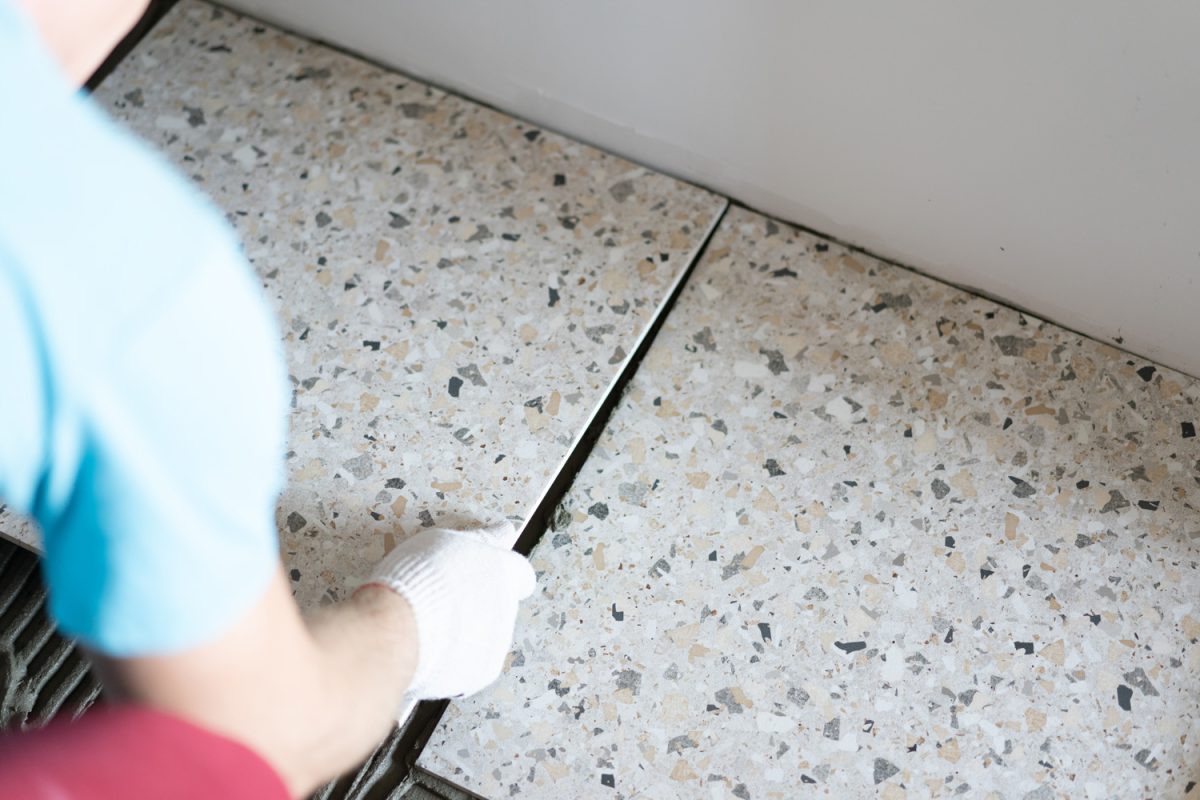
Make sure you seek experts to guide you through installation. It's better to know the pavers' potential effects now than to be in trouble later on.
However, see these steps on how to install porcelain pavers:
- Clear the area, then spread gravel or sand for the bedding.
- Align the pavers correctly. Allow at least 0.25 inch between pavers, or use spacers for precise spacing.
- Pin the pavers with a rubber mallet. Be careful not to break them.
Unlike other types of pavers, porcelain does not require sand to fill in the joints. Instead, you need grout and paint. See below the steps for sealing porcelain pavers:
- Wear your gloves and mop the surface to dry.
- Prepare the grout. It's a mixture of cement, sand, and water.
- You don't need to apply grout on the surface, rather on the joints only.
- Wipe the joints with a wet sponge. Let the entire area dry.
- Using a paintbrush, apply water-based or acrylic paint throughout the area. Transparent, glossy paint is most advisable.
- Let the paint dry and settle. Finish by cleaning to lessen the odor.
See this epoxy grout on Amazon.
Consult experts if you're uncertain about the installation. However, you may use silicon caulk to seal the joints, but grout is better and cheaper.
See this silicon caulk on Amazon.
How Long Do Porcelain Pavers Last?
Sealed and properly installed porcelain pavers can last for up to 50 years or longer. But this will depend on timely maintenance and repair. You may put objects on top of them to add weight, such as plants in pots.
Why Porcelain Pavers Protrude?
You should not ignore the protrusion, as this may lead to serious injuries. Protrusion is caused by damage, like cracks, or misalignment during the installation. Cracks are due to a forceful impact. They do not acquire damage by natural rain or moisture but by manmade circumstances. However, follow these steps if you need to fix the protrusion.
- Remove the faulty pavers with a chisel or grinder.
- Cut the hardened gravel underneath the pavers that triggers protrusion.
- Apply grout to the spot and lay the pavers evenly.
- Seal the joints as indicated above.
If you're familiar with the domino effect, this can happen to porcelain pavers if you ignore the protrusion. You might need to fix a larger area depending on the severity. Seek help from professionals.
Best Places To Install Porcelain Pavers
Porcelain pavers are multi-purpose due to their lighter weight. If you're planning to use them somewhere else, check these out:
Indoors
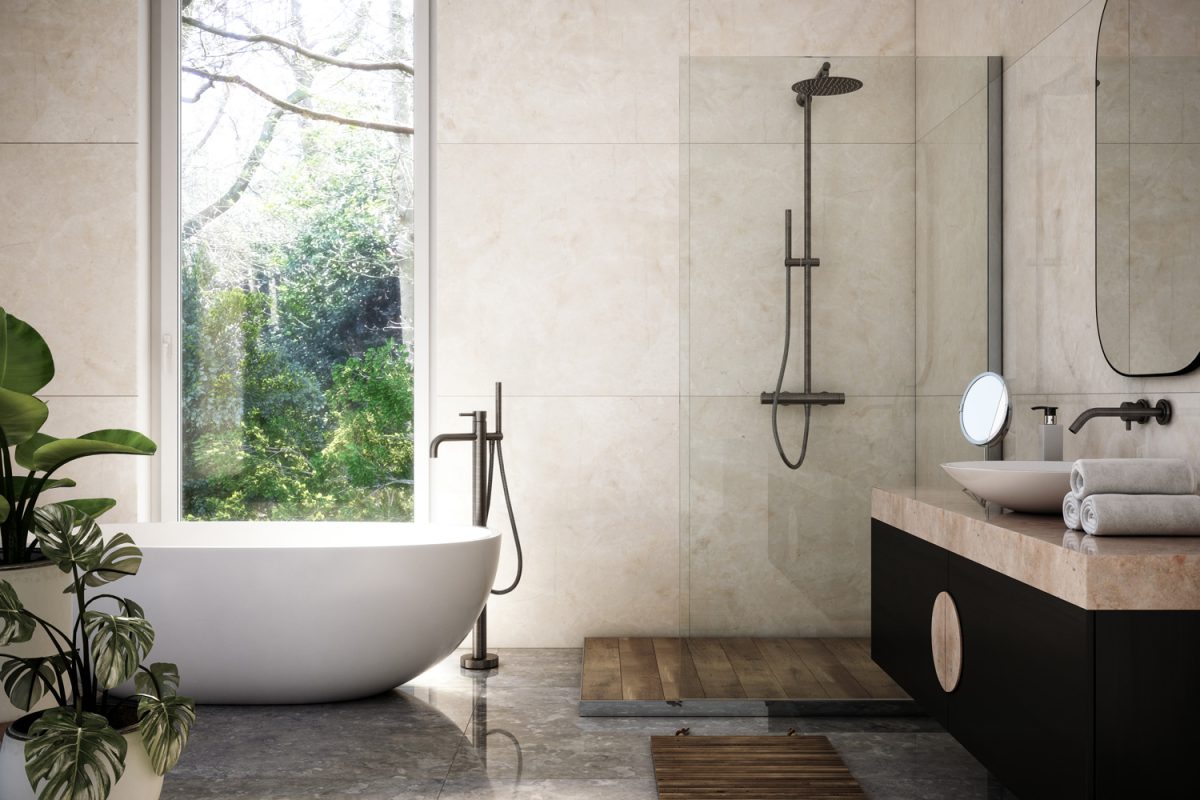
You can improve the floor by installing porcelain pavers indoors. They add safety and are easier to clean. If the floor is made of concrete, the steps are the same. However, ask an expert first.
Driveways And Walkways
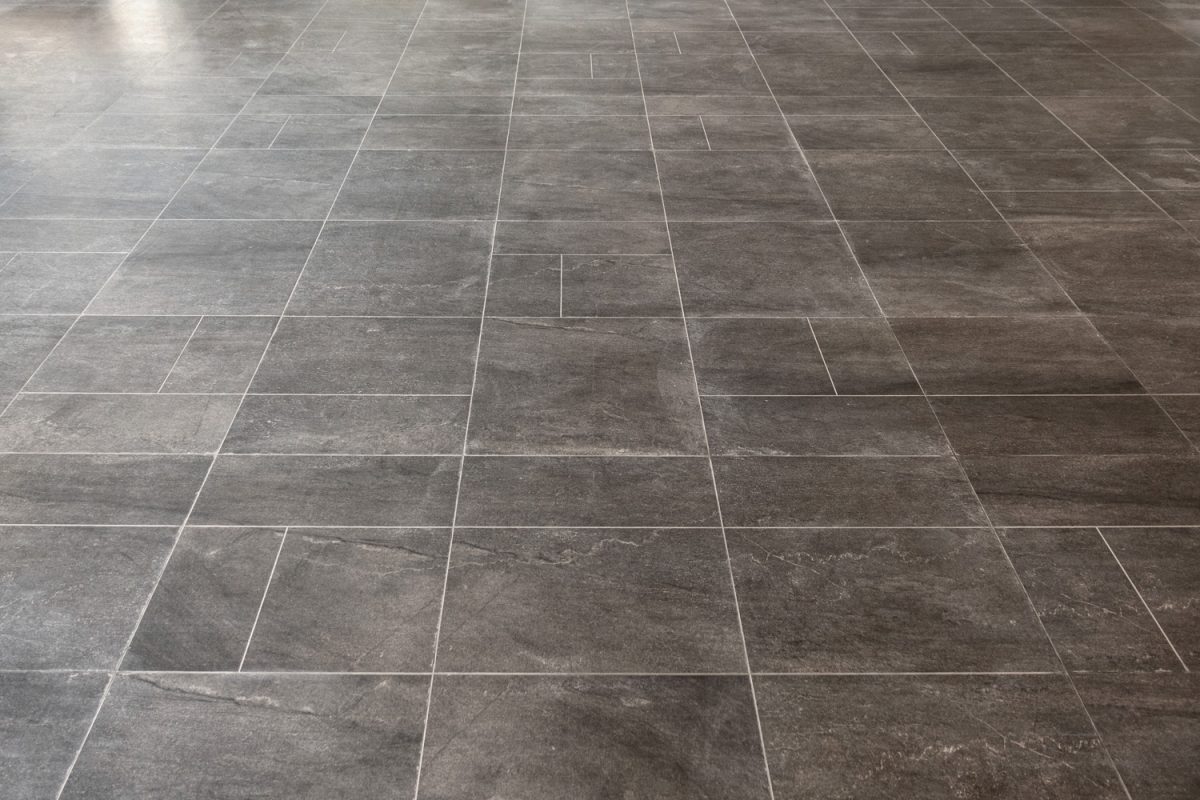
It's not surprising to see porcelain pavers on driveways and walkways. They're durable and can resist heavy objects like cars. The tires will be safer due to the smooth surface, compared to a rocky driveway that causes small rocks to get stuck between the tires.
Pool Decks
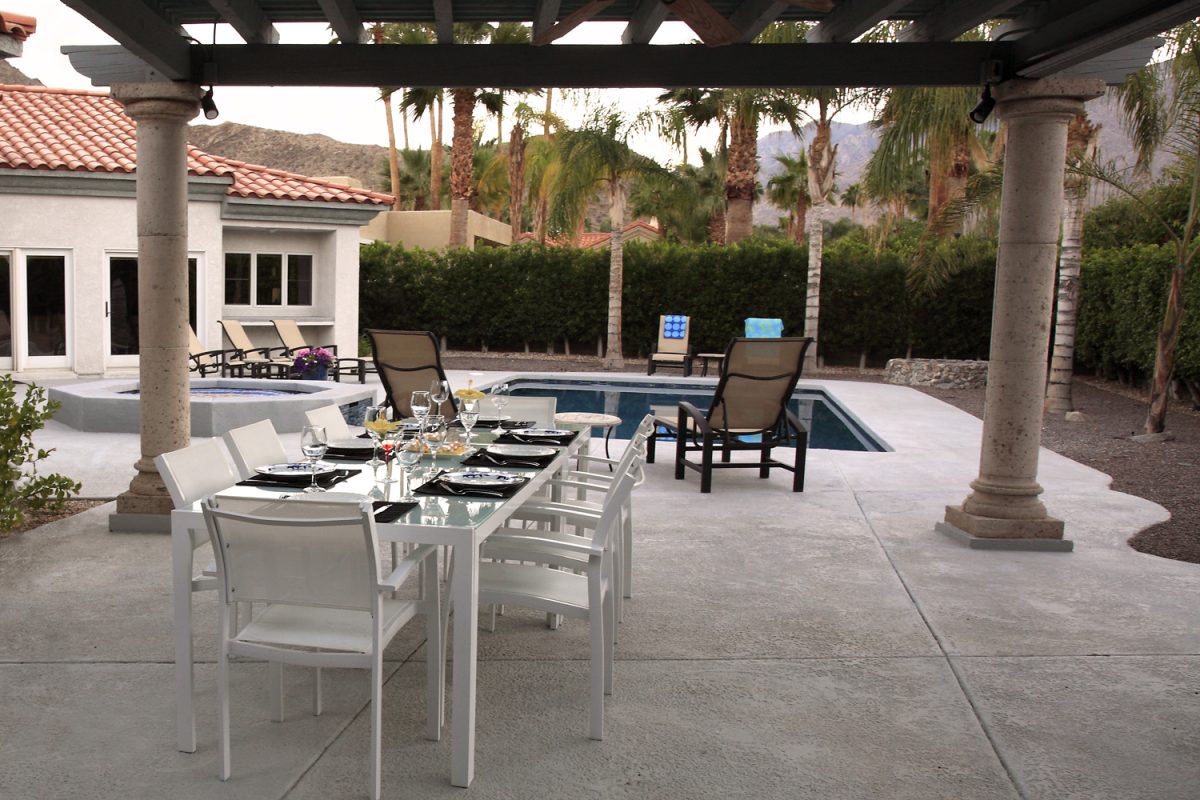
You can certainly install porcelain pavers on the pool deck. They'll block moisture, which helps keep the pool deck less slippery. However, you need frequent cleaning of the pool to prevent algae from accumulating.
Walls
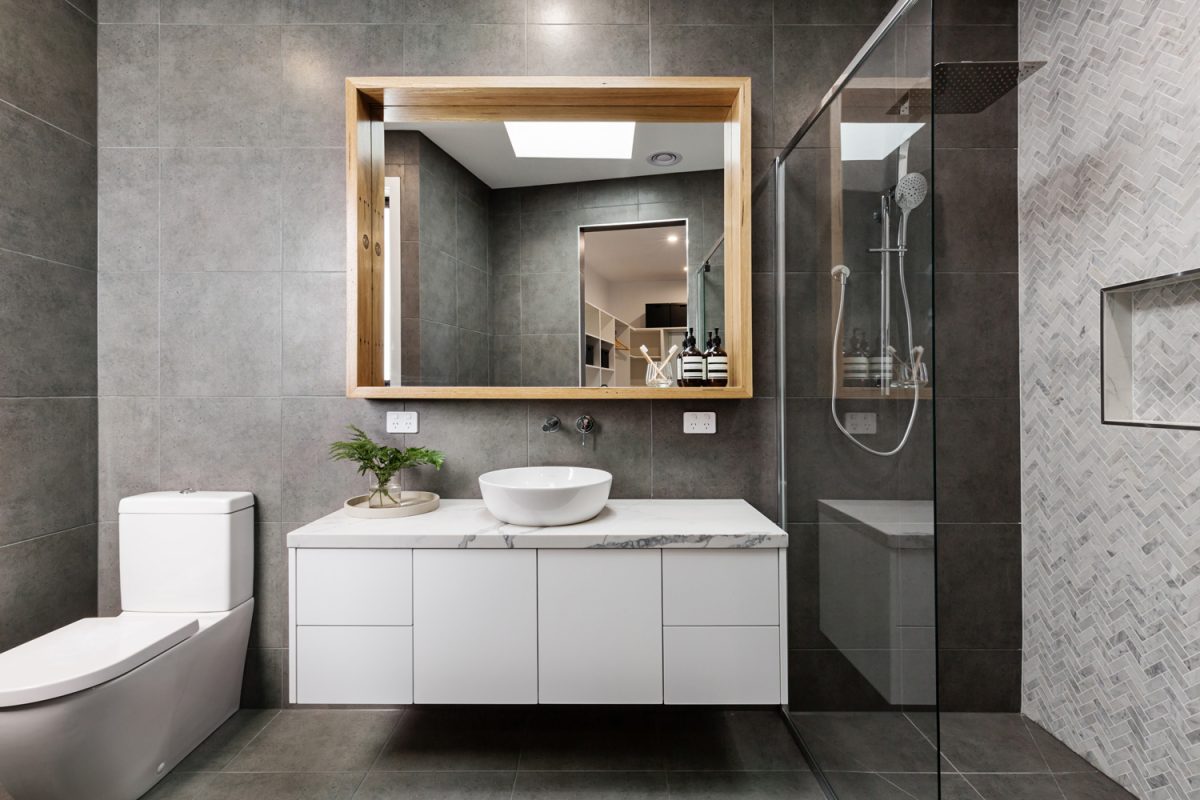
You need experts to install them on walls. It's not good to install them by yourself as they may fall down if the process is not precise. Porcelain is used in bathrooms as well, to prevent walls from becoming hollow.
How To Make Porcelain Pavers Less Slippery?
It's normal for porcelain pavers to become slippery. But you can avoid it from the start by sealing and painting. You can use a rubber mat or anti-slip tape to increase friction. Just place them in areas that are commonly wet. You don't need sand, as this will be slippery on the porcelain's surface.
See this Anti-Slip Tape on Amazon.
How To Clean Porcelain Pavers?
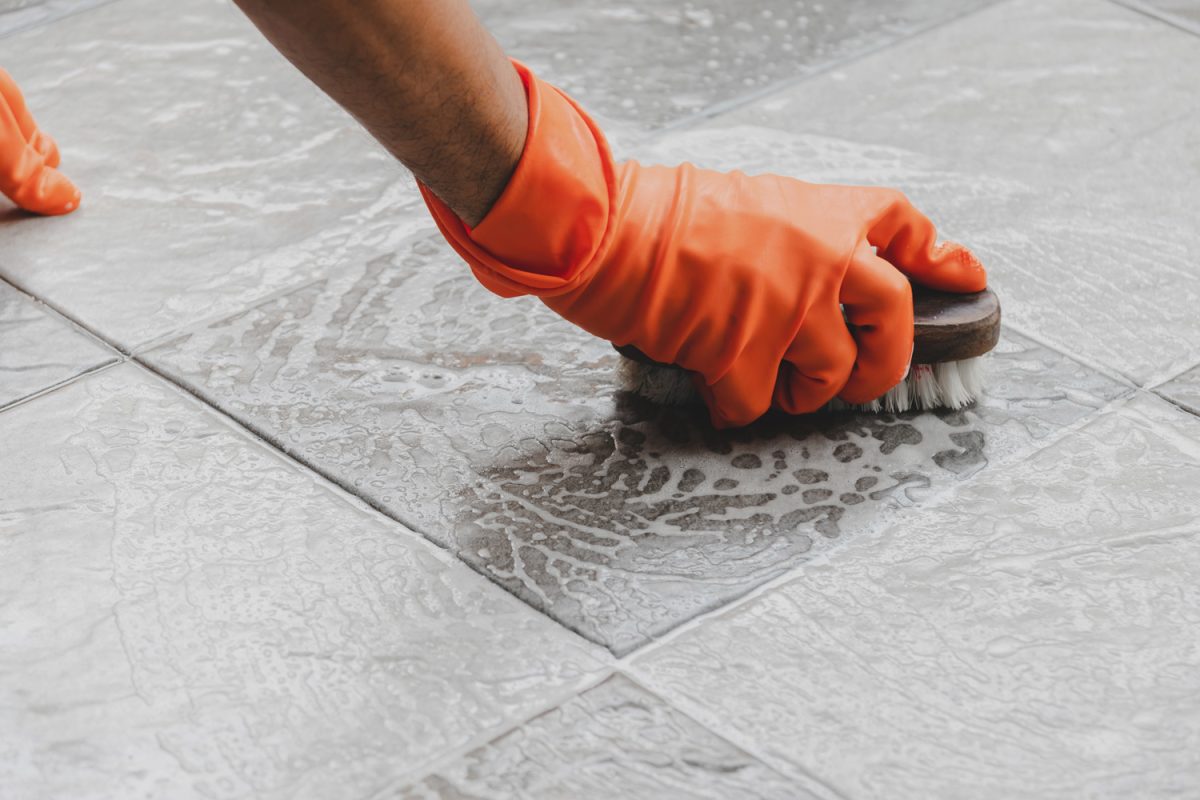
Cleaning porcelain is an easy task that seems effortless. They're resistant to water and stains. Use a mild cleaning solution as the smell can last there for a day or longer. Follow these steps:
- Wear a mask and gloves. Wet the surface.
- Sprinkle the cleaning solution on, then scrub with a sponge, brush, or mop.
- Dry the surface
Clean the pavers at least twice a month to maintain quality.
Do Porcelain Pavers Heat Up?
Technically, yes. Porcelain pavers can trap moisture and absorb heat, resulting in a cooler or hotter surface when walked on barefoot. The hotter the temperature, the more porcelain pavers heat up. Yet they are still safe. To prevent temperature changes, clean the pavers more often.
Can Broken Porcelain Pavers Be Recycled?
You can recycle broken porcelain pieces by using them for other purposes, like as a decoration or by adding them to the cement mixture. Just be careful as its debris can wound you. You can repair broken pieces using grout, but this may lessen the appeal. Otherwise, we do not recommend collecting broken pavers for nothing.
Conclusion
Give shape to porcelain pavers by cutting them the way you want. Be it a curve or a straight cut. Remember what you've learned from cutting to installation and maintenance. Porcelain pavers will be your safe ground.
Learn more and visit these articles:







![Vibrant Red Paver Stone Path, Can You Spray Paver Sealer? [How To Apply It]](https://pavingplatform.com/wp-content/uploads/2022/04/Vibrant-Red-Paver-Stone-Path-600x400.jpg)
![Properly laid out red pavers for a garden, Can You Tint Paver Sealer? [And How To]](https://pavingplatform.com/wp-content/uploads/2022/04/Properly-laid-out-red-pavers-for-a-garden-600x400.jpg)
